Hello Steemians!
Welcome to today's episode of the "Today in History" serial, where I bring you daily historical facts and events of the current date.
On January 25, 1787. the assault on the Springfield armory took place, under the leadership of Daniel Shays, what became known as the Shays' Rebellion.

It all began with the end of the Revolutionary War around 1780.
Soldiers were coming home from the battlefield, many of them wounded and owed pay from the State or the Congress of Federations.
Many of them found themselves receiving a court invite and being on trial for having debts.

Among them was Daniel Shays, a Revolutionary war veteran of the Continental Army who later became the leader of the rebellion.
He fought in the Battle of Lexington, Bunker Hill, Concord and Saratoga, and after being wounded retired from the army.
Daniel Shays - Richard Miller Devens.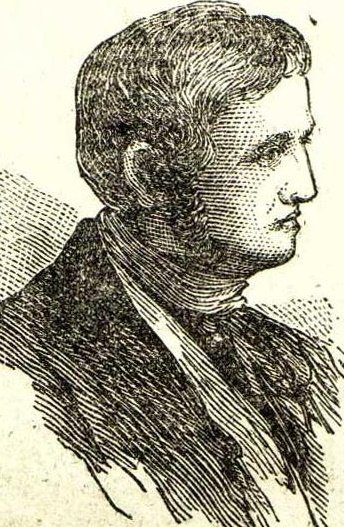
Protests against the government started as early as 1782, when Job Shattuck organized preventing the tax collectors from collecting the tax.
The first larger protest however, took place in Uxbridge, Massachusetts, on February 3, 1783, when a confiscated property was returned to it's owners by a large crowd.
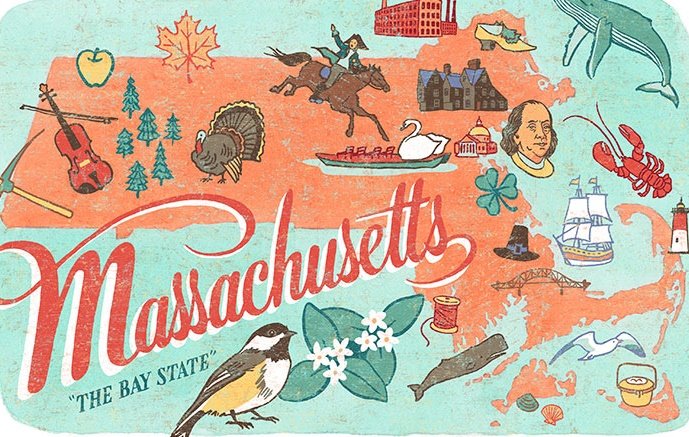
The protests started turning in direct action when on August 29, 1786.
The leaders who called themselves "Regulators" (taken from the Regulator movement in North Carolina in the late 1760's) organized a protest in Northampton and prevented the county court from operating, a protest in which Daniel Shays himself, took part in.
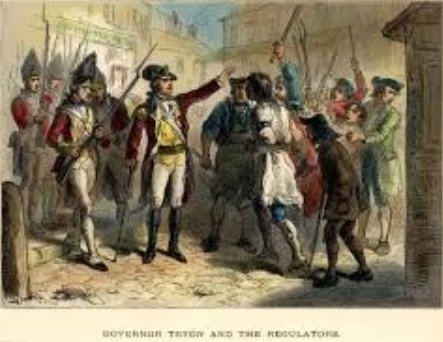
As Shays was making a name for himself and began to take a more active role, him and Luke Day attempted to shut down a scheduled meeting of the judicial court in the Springfield courthouse on September 16, 1786.
Since the court was protected by 300 militia men organized by William Shepard, Shays and Day decided only to provoke the militia as they thought an attempt to seize the courthouse was too risky.
Luke Day
Across whole Massachusetts protests were organized and began attempts of shutting down courts.
In the smaller towns the protests were mostly successful, blocking the meetings of the courts, while in the more important towns and cities the courts were able to meet but required great protection in order to complete hearings.
Great Barrington courthouse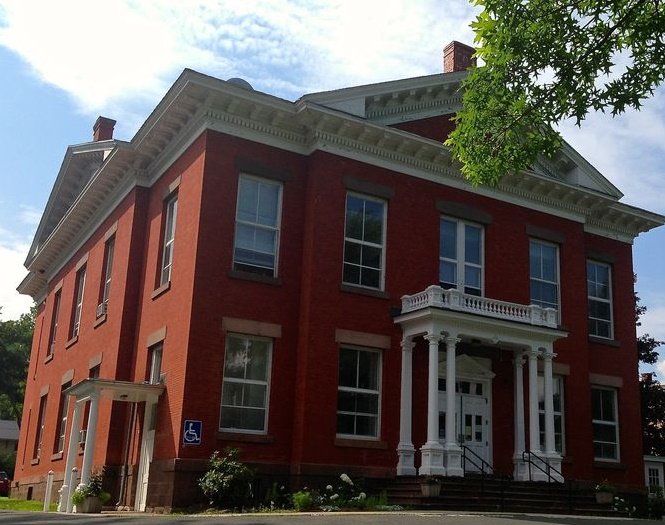
William Shepard and around 1,200 of his militia seized the federal Springfield Armory after the protest in front of the courthouse.
As the government forces were organizing, so were the rebels.
The rebel leaders joined forces and made a plan to take over the Springfield Armory on January 25. 1787.
General William Shepard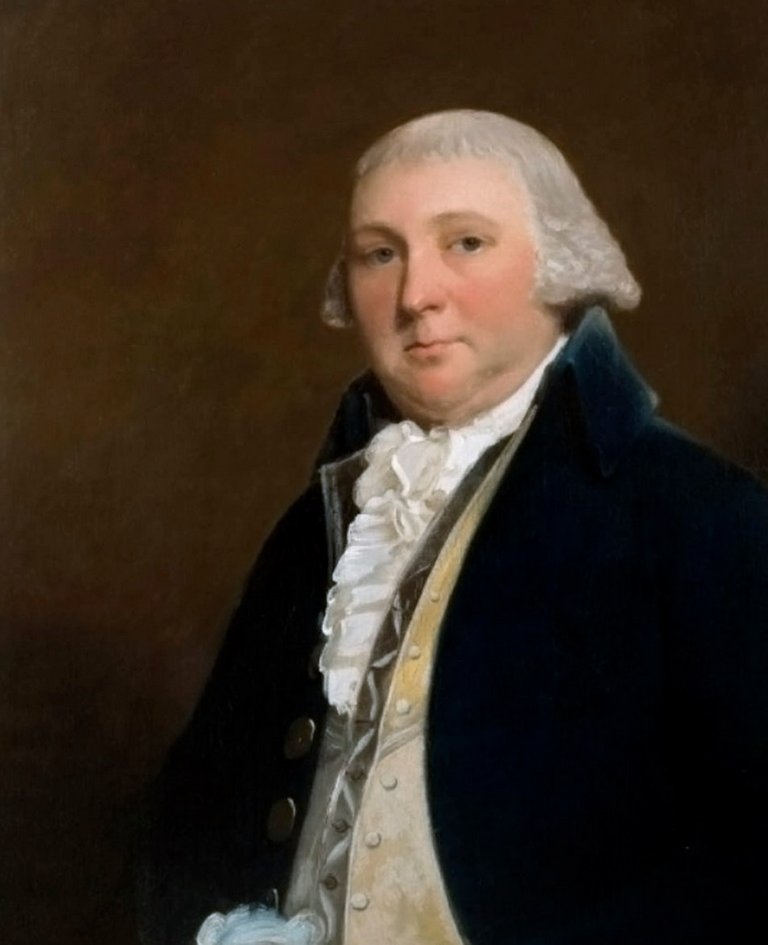
They split up in three groups with the plan to surround and overtake the Springfield Armory.
One group, under the leadership of Shays was stationed near Palmer, on the east.
Eli Parsons, who lead the second group was waiting at Chicopee, on the north.
The third group was across the Connecticut River, on the West, lead by Luke Day.
The Springfield Armory
As Luke Day wasn't prepared for the assault on January 25, he sent a message to Shays and Parsons to hold of till the 26th.
The message got intercepted and never got to either Shays or Parsons, who according to the plan, proceeded with an attack on January 25th.

They approached the armory with about 1,500, not knowing they lack the support from the group of Luke Day coming from the West.
William Shepard ordered warning shots and then two cannons to fire grape shots at the rebels.
Four of Shays' man were killed and twenty wounded from the shots.
Without a single shot fired Shays' men retreated and fled north, regrouping at Amherst.
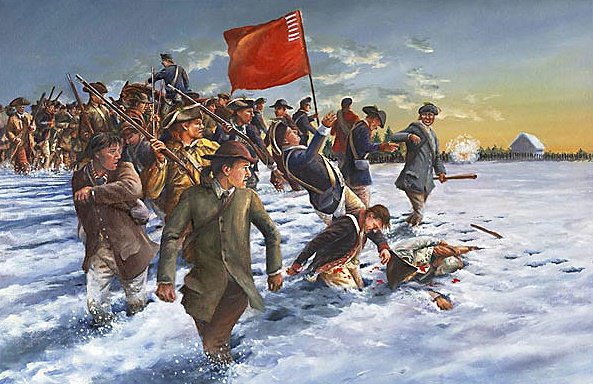
After hearing about the Springfield incident, General Benjamin Lincoln gathered 3,000 soldiers and began a pursue on the rebels.
As the Shays' Rebels were running they established a camp at Petersham.
Lincoln and his army surprised their camp on the early morning of February 4. scattering the rebel forces of whom most fled north and has thereby marked the end of the large scale resistance.
The last battle was however held near Sheffield, when about 120 rebels from New Lebanon started raiding merchants on February 27.
The Brigadier John Ashley gathered around 80 soldiers and then crushed the rebels in the by fast most bloodiest and also the battle of the Shays' Rebellion.
Monument on spot of the final battle of Shays' Rebellion - Sheffield, Massachusetts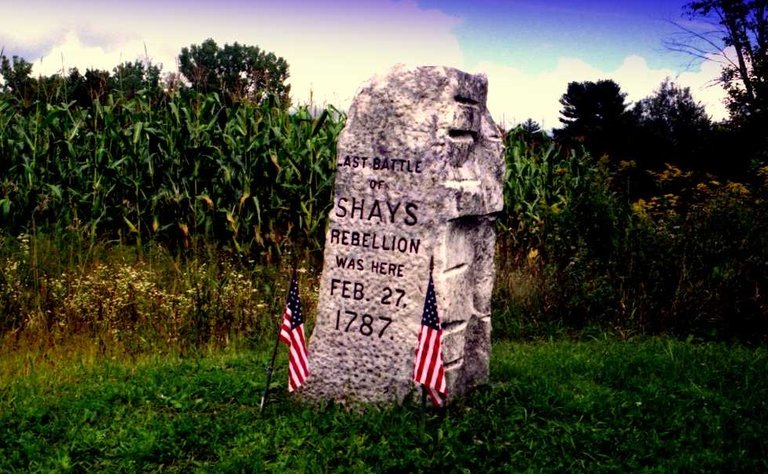
Afterwards, over four thousand people signed the confession of taking part in the Shays' Rebellion, mostly in exchange for amnesty.
Daniel Shays himself was also pardoned in 1788. and returned from Vermont to Massachusetts.
Being presented as a anarchist by the Boston press he moved to Conesus in New York, where he lived till his death in 1825.
The Shays' Rebellion had an big impact on writing of the Constitution and was brought up as an example multiple times.
The first page of the Constitution of the United States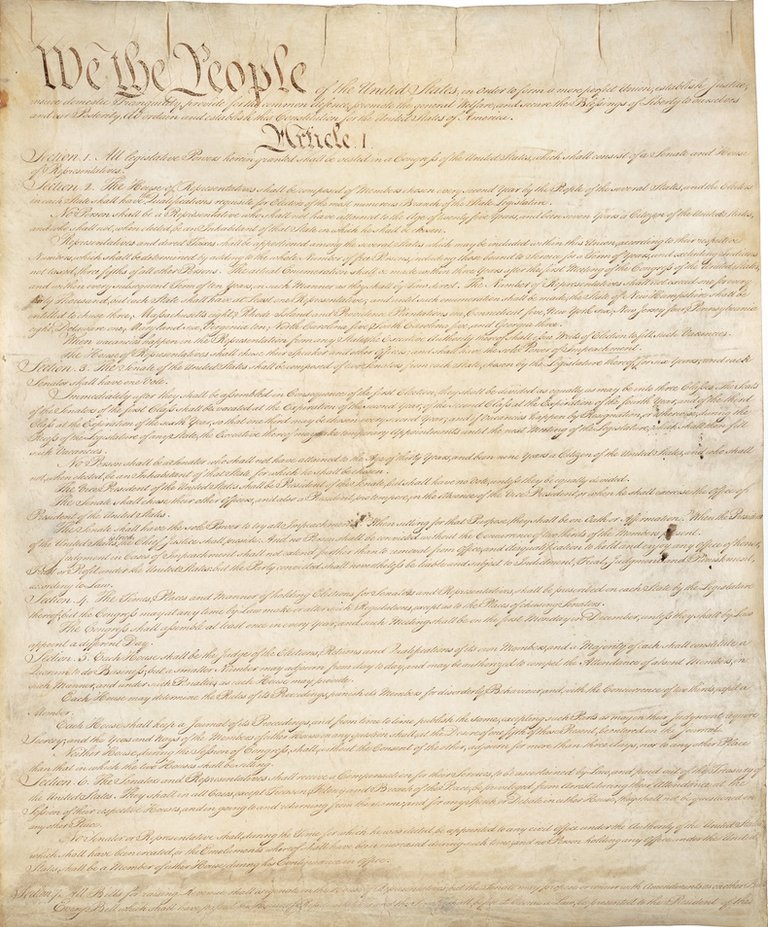
Thank you for reading!
I hope you enjoyed the time spent reading this short introduction about the Shays' Rebellion!
Sources:
shaysrebellion.stcc.edu
https://en.wikipedia.org
http://usconstitutionfacts-danielledelatorre.weebly.com
http://www.playbuzz.com
https://delajusticia.com
Follow and support me on the @Steemizen project!

very good bit of history i liked it a lot
Nice bit of history! Followed
Whiskey Rebellion incoming?
Thank you stevescoins!
Let's see what the calendar brings ;)